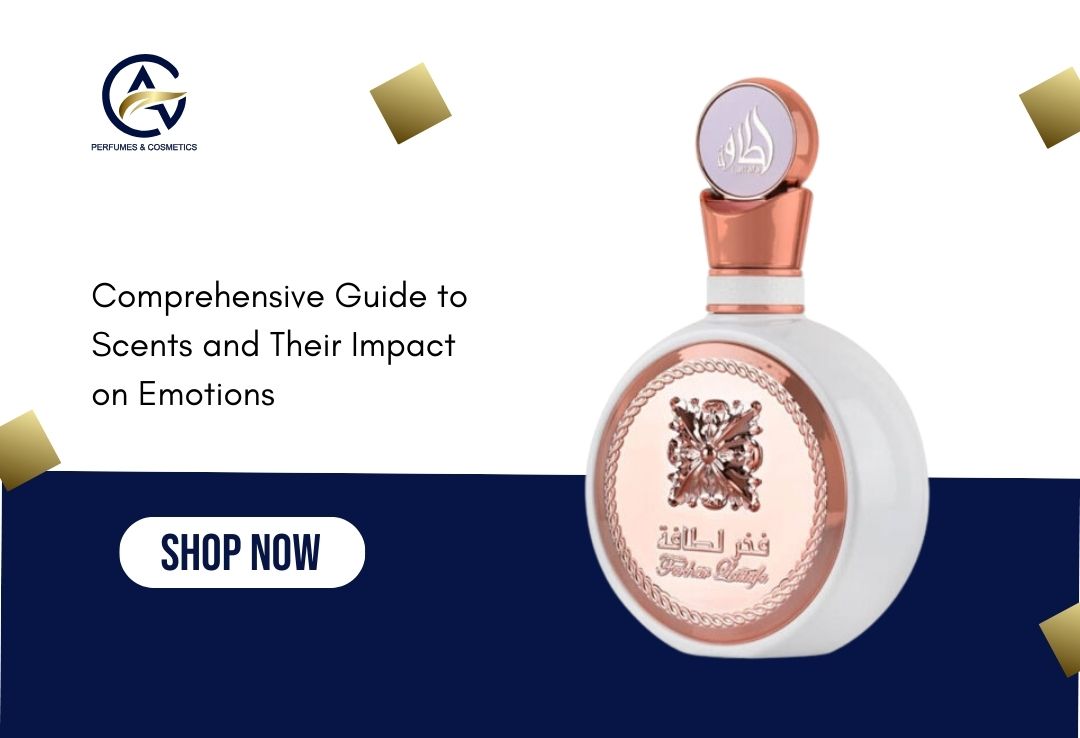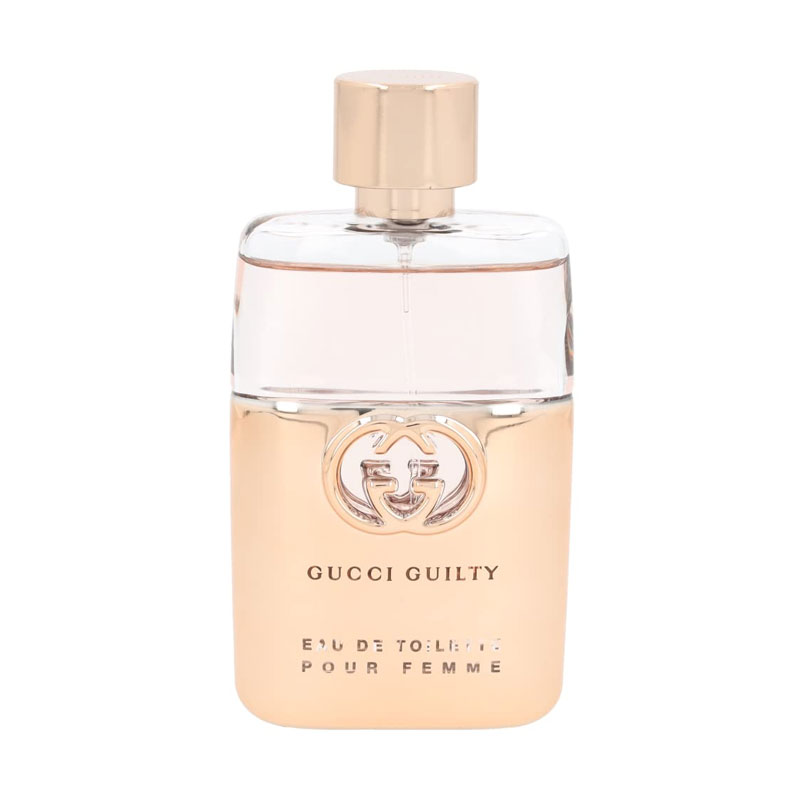Our olfactory sense is very powerful, acting directly upon the limbic system – the emotional and memory area of the brain. Because it acts directly upon this part of the brain, certain odours can carry us back in an instant to childhood or induce violent feelings of comfort, excitement, or relaxation. Smell alone of our senses bypasses rational thought, calling up immediate emotional responses. Science tells us that we are able to differentiate thousands of different smells, and each can affect our mood in dramatic or subtle forms. It is this connection between smell and emotion that is the foundation of modern perfume-making, where perfumers painstakingly work on the structure to evoke particular emotions.
Finding Your Signature Scent
Finding the perfect fragrance for you is all about knowing your personal style and how your body chemistry reacts with different fragrances. When looking for his fragrance, keep in mind that perfumes smell different on everybody because of individual skin chemistry, diet, and even medications. The best strategy is to test a scent on your own skin and let it mature for a number of hours. What smells wonderful from the bottle could turn out completely different when it mixes with your own essence. Going slow in this discovery process generally results in finding a signature scent that feels like an authentic expression of your personality and not merely something pleasant.
Seasonal Scent Selection
Because seasons shift, our fragrances must shift as well. Summer requires fresher, lighter scents that won’t become overwhelming in the heat – citrus, light florals, or water notes come to mind. Winter, on the other hand, greets warmer, richer scents with vanilla, amber, or spice notes that envelop a warm cocoon against the chill. Most perfume wearers build up a personal collection that changes with the calendar and enables them to convey varying aspects of their character throughout the year. Some of the best fragrances for women in warmer climates are light notes like bergamot or jasmine, but in cold weather, richer fragrances with sandalwood or patchouli may be needed.
The Language of Perfumery
Mastering perfume language makes the journey of selecting and enjoying perfume even more enjoyable. Perfumes are composed of “notes” which are structured in a pyramid formation: top notes (initial impression), heart notes (principal character), and base notes (long-lasting foundation). Head notes may be citrus or light herbs, heart notes typically involve florals or fruits, and base notes typically involve woods, musks, or amber. It is for this reason that fragrance for him may start by opening on crisp bergamot and then blossoming with a lavender heart and into a warm cedarwood base. This is the language that is learned so that it is possible to speak so that tastes may be expressed and inform fragrance selection.
Therapeutic Uses of Scent
Other than personal enjoyment, certain scents possess actual therapeutic uses. Lavender enhances sleep and relaxation, whereas peppermint is used to stimulate attention and alertness. Citrus fragrances like lemon and orange are used to enhance mood and reduce stress. These characteristics are the reasons why some of the best perfumes for women and men deliberately contain these fragrances. Aromatherapy treatments capitalize on these actions intentionally, but even ordinary perfumes share the same advantages when their composition is made up of such positive factors. Knowledge of such factors allows us to select scents that not just perfume well but also work to better our emotional state throughout the day.
Scent Memory and Personal History
Our most powerful scent associations form in childhood and adolescence, establishing lifelong emotional connections. The smell your grandmother wore, the smell of your childhood house, or the perfume worn in a first romance – these smells become affective triggers with the power to instantly recall memories and emotions. That is why scent for him could cause another person to remember their father’s aftershave, evoking with it a comforting sense of familiarity. When selecting perfumes, consider not only current tastes but also the emotional realms you’d like to construct for your future self, as today’s fragrance choices are tomorrow’s scent memories.
Cultural Differences in Scent Perception
There are fascinating cultural differences in scent perceptions across the world. Middle Eastern perfumery traditionally employed rich, full-bodied oud and rose blends, while Western European traditions may favour light flower mixes. American tastes run towards clean, fresh scents for everyday wear. These traditions influence what might be the best scents for women in each nation. Understanding these traditions provides context for exploring outside what is known when it comes to scent styles and appreciating the universal language of perfume beyond words.
Layering Techniques for Personalization
Achieving a full, bespoke scent signature often requires layering multiple products. This technique layers complementary scented body wash, lotion, and fragrance to get depth and longevity. His scent is even more personal when layering takes place carefully, starting with scented shower products and working up towards the finishing spray. This technique not only provides staying power but constructs subtle depth that unfolds beautifully over the course of the day. Many perfume brands now carry companion products that are specifically designed for layering, allowing enthusiasts to create a unique fragrance experience that is not achievable from one product alone.
The Future of Fragrance
Groundbreaking technology is transforming modern perfumery. Sustainability-friendly sourcing maintains precious natural ingredients while trailblazing synthetic molecules create entirely new aroma experiences. Technology allows more and more customized perfume designs, with some companies making tailor-made scents according to individual preferences or even DNA analysis. The best perfumes for women and men now more and more contain mood-boosting ingredients specifically designed to guarantee well-being. This growing awareness of the psychological impact of scent bodes for an age where perfume selection becomes more conscious, not just about smelling good but about inducing specific moods.
Conclusion
The charm of using fragrance is finding the perfect balance of usage. Too little dries too quickly and does nothing, while too much suffocates the user as well as other people surrounding them. Traditional places of application are wrists, neck, and chest – hotspots that heat up the scent and disperse it naturally. Remember that our noses become accustomed to things quickly, so you may no longer be able to smell yourself anymore, but others can. Olfactory fatigue is why soft application always prevails, allowing the subtle allure of even the best women’s or men’s perfumes to shine without overwhelming the senses of each person we encounter in our day.







